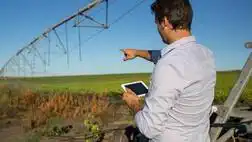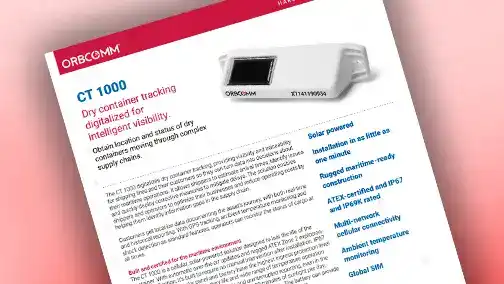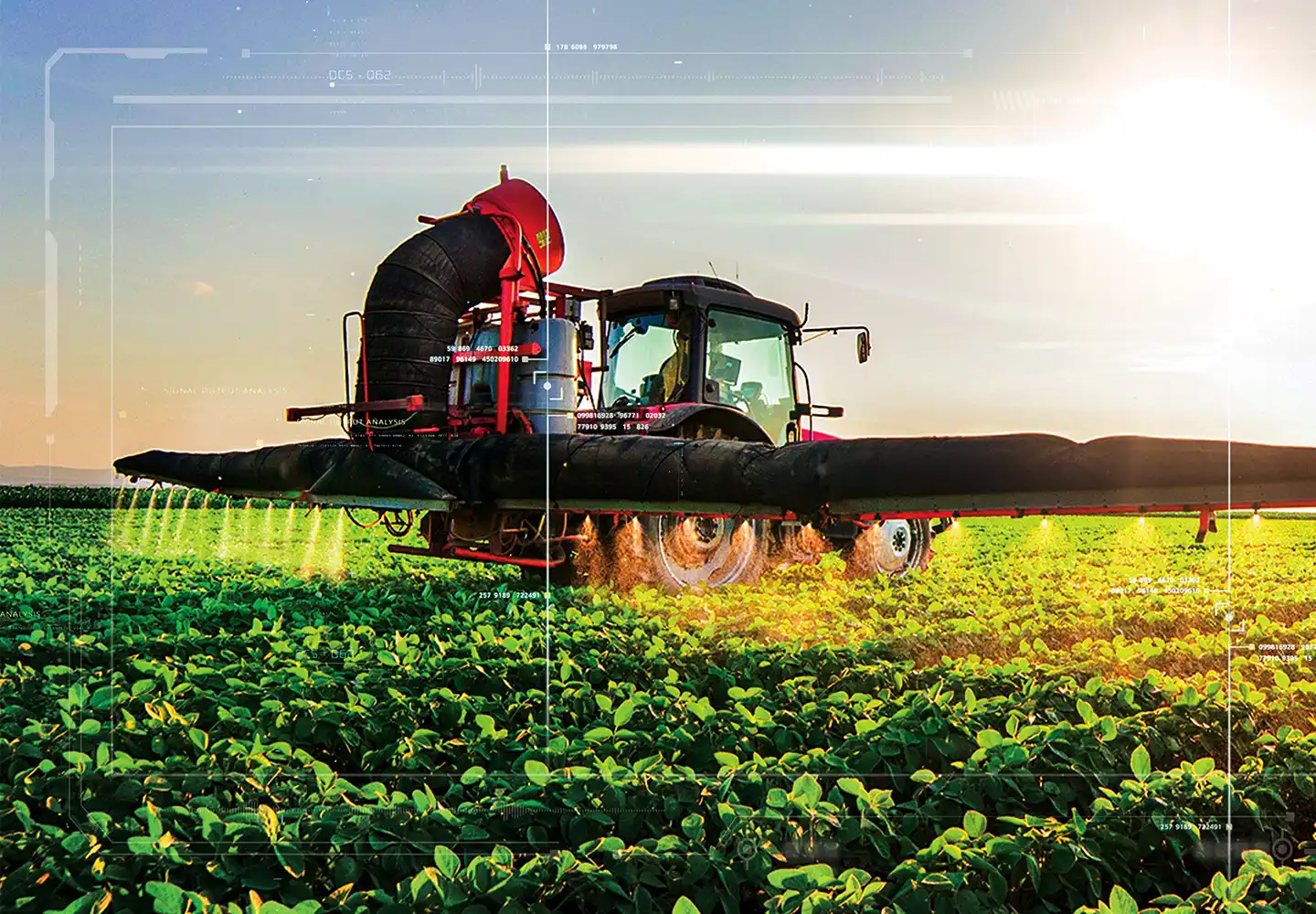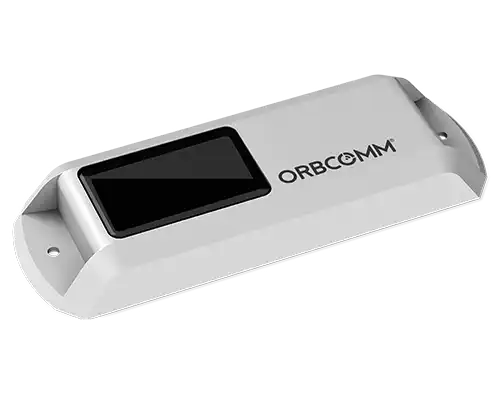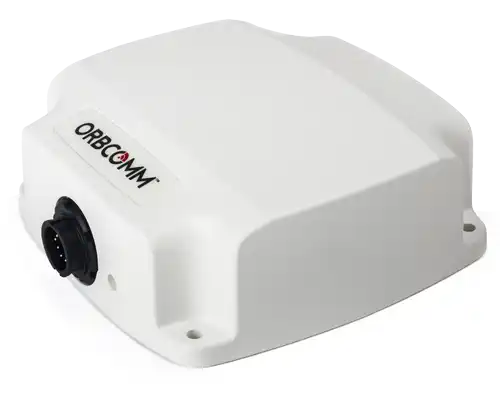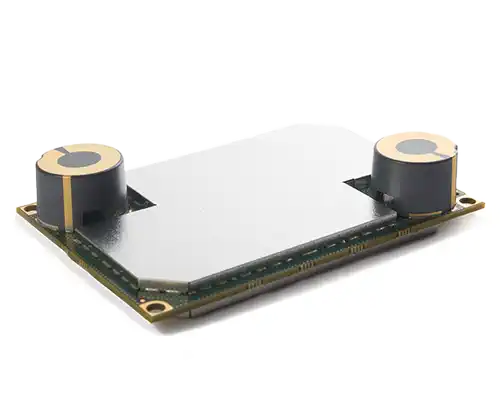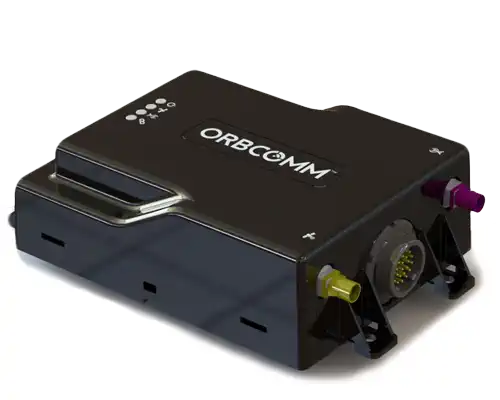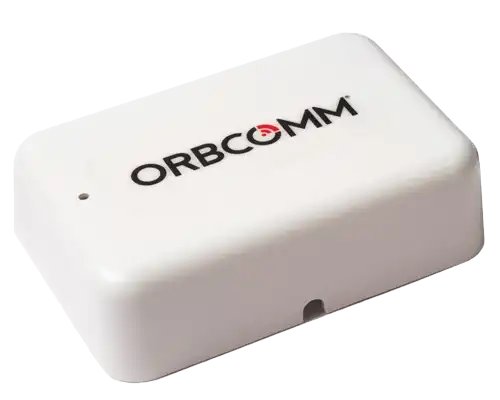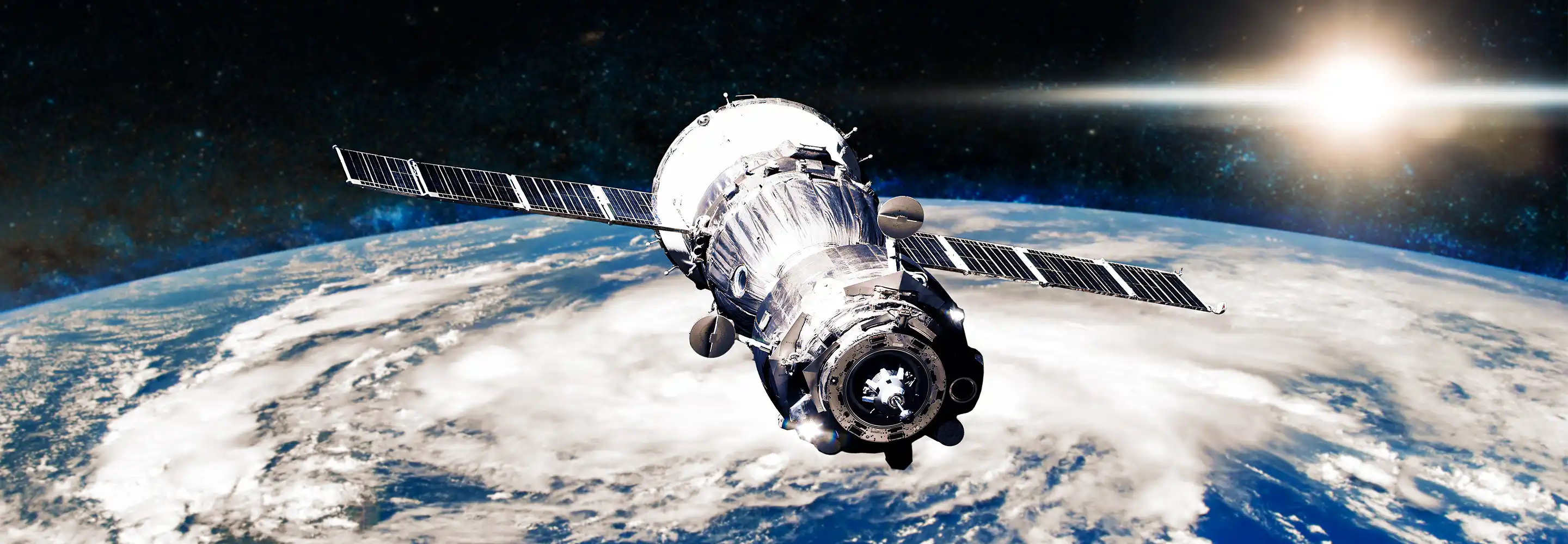
Extending the reach of IoT
- Home
- Partners
- Connectivity
- Satellite



Isat Data Pro (GEO)

ORBCOMM OG2 (LEO)




Satellite IoT products
Satellite FAQs
Satellite IoT refers to the use of IoT devices and satellite connectivity to enable global asset visibility and control, even in remote environments unsupported by terrestrial networks like cellular. It’s particularly useful for maritime, agriculture, utilities and other IoT applications where there’s limited cellular coverage available.
IoT devices collect data, which is sent via satellite connectivity to ground stations and then forwarded to a back-end platform for analysis.
Here are some key satellite IoT use cases:
-
Satellite IoT Agriculture
- Precision farming: Satellite IoT solutions can be used to monitor soil moisture, crop health and weather conditions on remote farms, optimizing irrigation, fertilizer use and planting schedules to conserve resources and boost yields. They can also help track air quality, water levels and soil conditions so farmers can identify issues faster to minimize impact.
- Livestock management: Satellite IoT can track the location and health of animals in vast grazing areas that have limited cellular coverage and monitor and control watering systems to ensure adequate drinking water.
-
Satellite IoT in transportation and logistics
- Fleet tracking: IoT solutions with satellite connectivity can help enable vehicle and cargo location tracking virtually anywhere, which can help improve routing efficiency, reduce fuel consumption and improve overall fleet sustainability.
- Maritime operations: Satellite IoT technology is used on ships for location data, to monitor fuel efficiency and to help ensure compliance with safety regulations. Satellite IoT also supports maritime sustainability by helping combat illegal, unreported and unregulated fishing, while monitoring vessel efficiency to reduce fuel waste and emissions.
-
Satellite IoT in energy and mining
- Remote monitoring: Satellite IoT can be used to monitor oil rigs, mines, SCADA systems and pipelines in isolated areas for productivity and safety. For energy-intensive industries such as these, satellite IoT solutions provide the intelligence that businesses need to optimize resource usage, reduce unnecessary waste and improve safety.
Satellite IoT connectivity works in remote areas where terrestrial networks like cellular are unavailable. This unlocks new IoT applications that cellular is incapable of supporting across transportation, shipping, agriculture and more, all without needing to build costly infrastructure like cell towers.
Satellite IoT connectivity is also resilient to cellular infrastructure issues, providing improved reliability in situations such as natural disasters where ground networks may be damaged or overloaded.
IoT solutions with satellite connectivity can provide enhanced visibility and improved resilience, supporting industries in remote environments around the world.
Yes, your IoT project can use satellite and cellular dual-mode connectivity, which is often the most cost-effective way to achieve global coverage. Typically, dual-mode connectivity relies on cellular in areas where there’s network coverage, and switches to satellite when cellular is unavailable. This enables businesses to balance global reach with cost-efficiency—using cellular for routine data transmission and satellite for backup visibility.
Many IoT platforms support automatic network switching to ensure seamless data transmission. We can help you configure your devices to optimize connectivity based on location, data needs and cost-efficiency. Dual-mode solutions provide continuous, reliable communication no matter where your IoT devices are deployed.
At ORBCOMM, we help solution providers add satellite connectivity to an existing cellular IoT application or provide them with a dual-mode terminal so they can take advantage of either satellite or cellular, depending on location.
Satellite IoT technology can play a significant role in improving sustainability for companies across various industries. By providing remote monitoring capabilities, satellite IoT helps organizations make more informed, efficient decisions that contribute to resource conservation, waste reduction and environmental protection.


